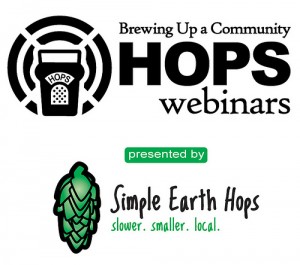Time to talk agriculture AND business. One intersection point is the planning of which and how many hops to grow. It is hard to make such estimates into the future but with craft brewing slower than the past, the amount of hops needed is lower.
The USDA is forecasting that, in the Northwest, hop acreage for harvest will be down 8% from 2023. The biggest hop varietals, Citra and Mosaic were reduced the most as growers are trying to balance out their portfolios.
Might be more reductions and varietal shifts coming. It is serious logistical work being a hop grower.


